- Make It Yourself Lavender Heart-Shaped Bath Bombs!
- 20 Things You Never Knew About “Down There”
- 12 Best Foods For Those Suffering From Arthritis Pain
- 12 Personal Hygiene Mistakes Almost Everyone Makes (Mom Never Told You About #4!)
- 15 Medicinal Plants And Herbs From The Cherokee People
- 12 Mind-Blowing Benefits Of Drinking Coconut Water During Pregnancy
- 12 Outstanding Winter Foods That Won’t Fatten You Up Like A Christmas Turkey
15 Medicinal Plants And Herbs From The Cherokee People
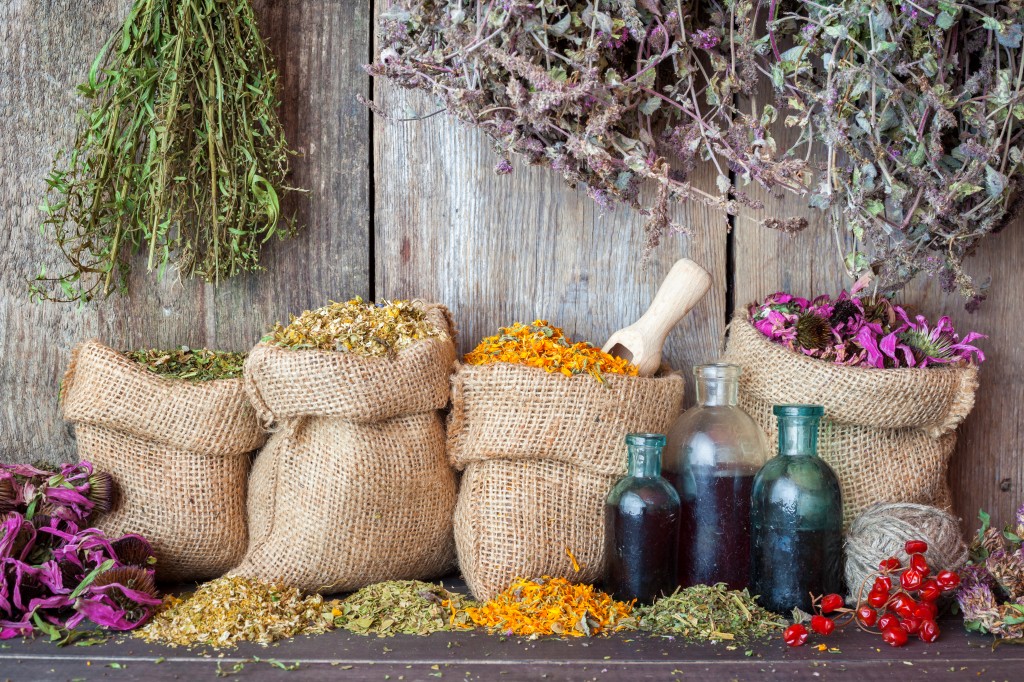
Photo credit: bigstock.com
If you love natural medicine, and you love discovering new plants or herbs to help heal your body naturally, then this article is for you.
Some of the best healing plants come to us through traditional Cherokee healers. Using plants to treat common illnesses or injuries has been around for centuries as there were no “doctors” or pharmaceuticals. Somehow, the Cherokee people thrived. This is only further proof that, in most cases, we only need what Mother Nature has so generously provided.
You are going to be surprised, also, to find that many of the plants the Cherokee healers used are quite common. Some of them might even be in your garden right now. Unfortunately, some of the plants used have become extinct or have become quite scarce, but most are still available. If you do plan on harvesting plants yourself, please follow the Cherokee way and harvest only every third plant to ensure the survival of the species.
Want to know more? Keep reading, and find the top 15 medicinal herbs that have been used by Cherokee healers for hundreds, if not thousands, of years.
1. Feverwort
This common plant was used to stop fevers by making a tea of the leaves and flowers. This plant is still used today for the exact same reason. You can find feverwort teas or the dried plants themselves in most health foods stores. There are also supplements, but please speak with a herbologist to ensure that you are consuming the correct amount for your situation.
Continue to Page 2
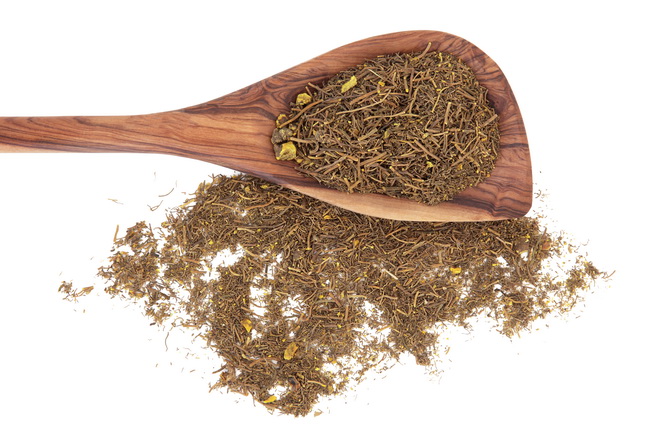
Photo credit: bigstock.com
2. Goldenseal
Goldenseal is so popular that it has been harvested almost to extinction. Please consider growing some of these beautiful plants for your own personal use. Goldenseal was used as an overall healing tonic, stimulant, and healing potion. We know today that goldenseal has powerful immune-boosting and antibiotic compounds that are every bit as powerful as antibiotics.
3. Saltbush
This plant is still quite common and was used to treat most bug bites and stings. The Cherokee chewed the stem of the plant, and then placed the wet, mashed plant on the affected area until the swelling and pain subsided.
4. Partridgeberry
For pregnant women who were just days away from giving birth, the Cherokee made a tea from the leaves of partridgeberry plants. By drinking frequent doses of this tea, Cherokee healers believed that it made for an easier, quicker delivery.
Continue to Page 3
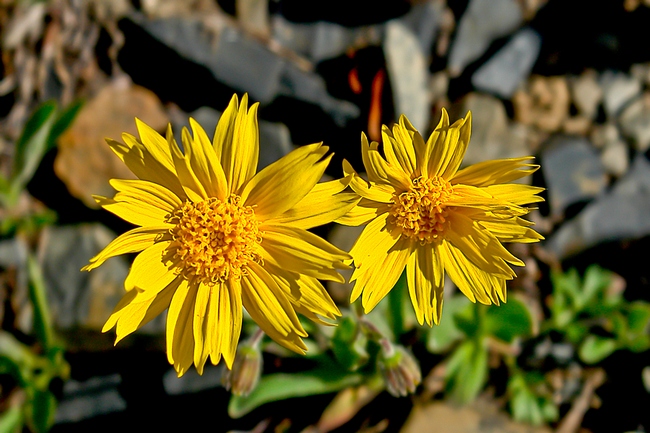
Photo credit: bigstock.com
5. Arnica
Modern medicine still uses this plant today! Arnica is known to have analgesic compounds that help to relieve the pain of muscle aches, arthritis, sprains, and bruises. Arnica should never be consumed internally as it can be fatal. Arnica is found in many creams and lotions that are sold in modern day pharmacies and drug stores. You can make your own arnica cream yourself by using the dried leaves and flowers.
6. Skunk Cabbage
The root of this plant is so effective at helping to remove phlegm from the respiratory tract that it was used and listed in the official United States Pharmacopoeia between the years of 1820 and 1882. This plant is still available today!
7. Yellow Dock
Yellow dock is not only a medicine, but it can be a source of food as well. It tastes a great deal like spinach, but it has more vitamins and minerals than spinach does! All you preppers should take note and keep some of these seeds on hand. This herb has a very long taproot, so it takes in many more nutrients than most other plants. The leaves of this plant are a good source of iron and have a mild laxative effect. The juice from the stems of yellow dock can be mixed with a base oil of your choice, such as olive oil, coconut oil, or even beeswax to help stop most skin problems such as diaper rash, poison ivy, and even ringworm.
8. Geranium
The root of geranium plants was boiled with wild grape roots. The liquid was strained and used as a rinse to help stop mouth infections and fungal infections like thrush.
Continue to Page 4
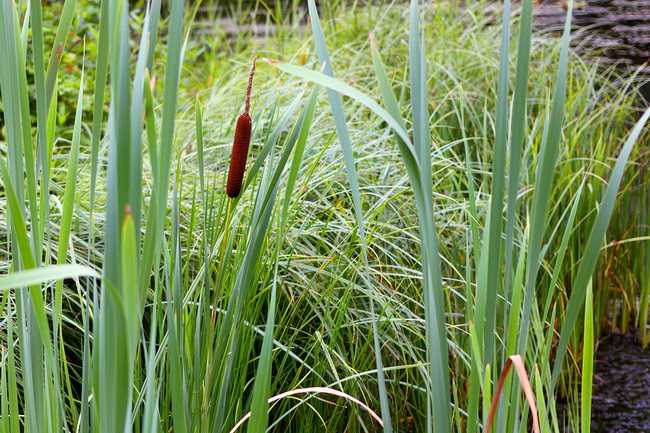
Photo credit: bigstock.com
9. Cat Tail
This common plant was not used so much as a medicine for healing, but rather as a preventative measure. Cat tail was used as a food to help those who were recovering from illness or injury and had a difficult time eating. Almost every part of the plant can be used as food except for very mature leaves and the seeds. This plant grows almost everywhere in America and is a reliable, if bland, source of food. Cat tail roots are very starchy and can be eaten anytime. Boil them much the same way you would potatoes.
10. Blackberry
The Cherokee had many uses for blackberry bushes. For reliving the pain and inflammation of joints or damaged tissues, a strong tea was made from the roots of wild blackberry plans. An infusion of the leaves was used as a stimulating tonic. The roots were also boiled, and then the water mixed with a bit of honey to act as an expectorant. Chewing the leaves was found to heal sore throats and stop bleeding gums.
11. Wild Rose
This plant is a terrific source of vitamin C and is a reliable preventative for respiratory infections or the common cold. The hips from this plant stimulate the kidneys and bladder with their mild diuretic effect. Rose petals were used as an infusion for sore throats or mouth ulcers. Even the roots of this plant were boiled and then strained as a means of stopping diarrhea.
Continue to Page 5
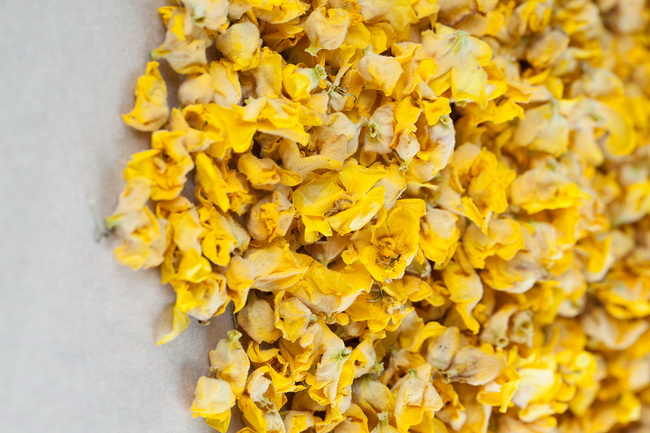
Photo credit: bigstock.com
12. Mullein
This is one of the oldest herbs known to man, and the Cherokee used it extensively. Cherokee healers burned the dried leaves and roots to ease chest congestion or asthma attacks. The roots were also boiled and mashed to make a decoction for soaking swollen limbs or swollen joints. Mullein tea made from the flowers makes a very mild sedative.
13. Common Sumac
This is another plant that has super medicinal qualities and can be found almost everywhere. Boiling the bark and then straining the liquid makes a terrific concoction to stop store throats. You can also drink this liquid as a remedy for diarrhea. A tea made from the berries was used to stop fevers. Tea made from ripe berries is a good source of vitamin C, and it tastes better than you might think.
14. Greenbriar
Greenbriar is a very popular plant that is a terrific blood purifier. Some Cherokee healers made a salve from the bark and leaves, and then mixed it with animal lard as a means of healing burns or wounds. The root is also used to make a tea for arthritis.
READ ALSO: 10 of the World’s Most Underrated Medicinal Herbs
15. Mint
This common plant is used as to improve overall digestion. The Cherokee also used the crushed leaves as a compress to help stop skin problems or itchy skin. For lowering blood pressure and stopping nervous tension, mint was made into a tea, much the same way it is used today.
Of course, these 15 plants are just the top of the iceberg. The Cherokee had hundreds of plants they used as medicine and still use today. These timeless ways of using plants should never be forgotten.
References:
































